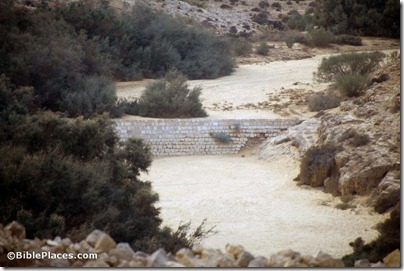From ScienceDaily:
A team of international archaeologists including Christian Cloke of the University of Cincinnati is providing new insights into successful and extensive water management and agricultural production in and around the ancient desert city of Petra, located in present-day Jordan. Ongoing investigations, of which Cloke is a part, are led by Professor Susan Alcock of the Brown University Petra Archaeological Project (BUPAP).
Using a variety of tools and techniques, including high-resolution satellite imagery and optically stimulated luminescence (OSL) dating of soils, Cloke, a doctoral student in the Department of Classics at UC, and Cecelia Feldman, classics lecturer at UMass-Amherst, have suggested that extensive terrace farming and dam construction in the region north of the city began around the first century, some 2,000 years ago, not during the Iron Age (c. 1200-300 BC) as had been previously hypothesized. This striking development, it seems, was due to the ingenuity and enterprise of the ancient Nabataeans, whose prosperous kingdom had its capital at Petra until the beginning of the second century.
The successful terrace farming of wheat, grapes and possibly olives, resulted in a vast, green, agricultural “suburb” to Petra in an otherwise inhospitable, arid landscape. This terrace farming remained extensive and robust through the third century. Based on surface finds and comparative data collected by other researchers in the area, however, it is clear that this type of farming continued to some extent for many centuries, until the end of the first millennium (between A.D. 800 and 1000). That ancient Petra was under extensive cultivation is a testament to past strategies of land management, and is all the more striking in light of the area’s dry and dusty environment today.
The full story is here.
HT: David Coppedge
Photo from Pictorial Library of Bible Lands
